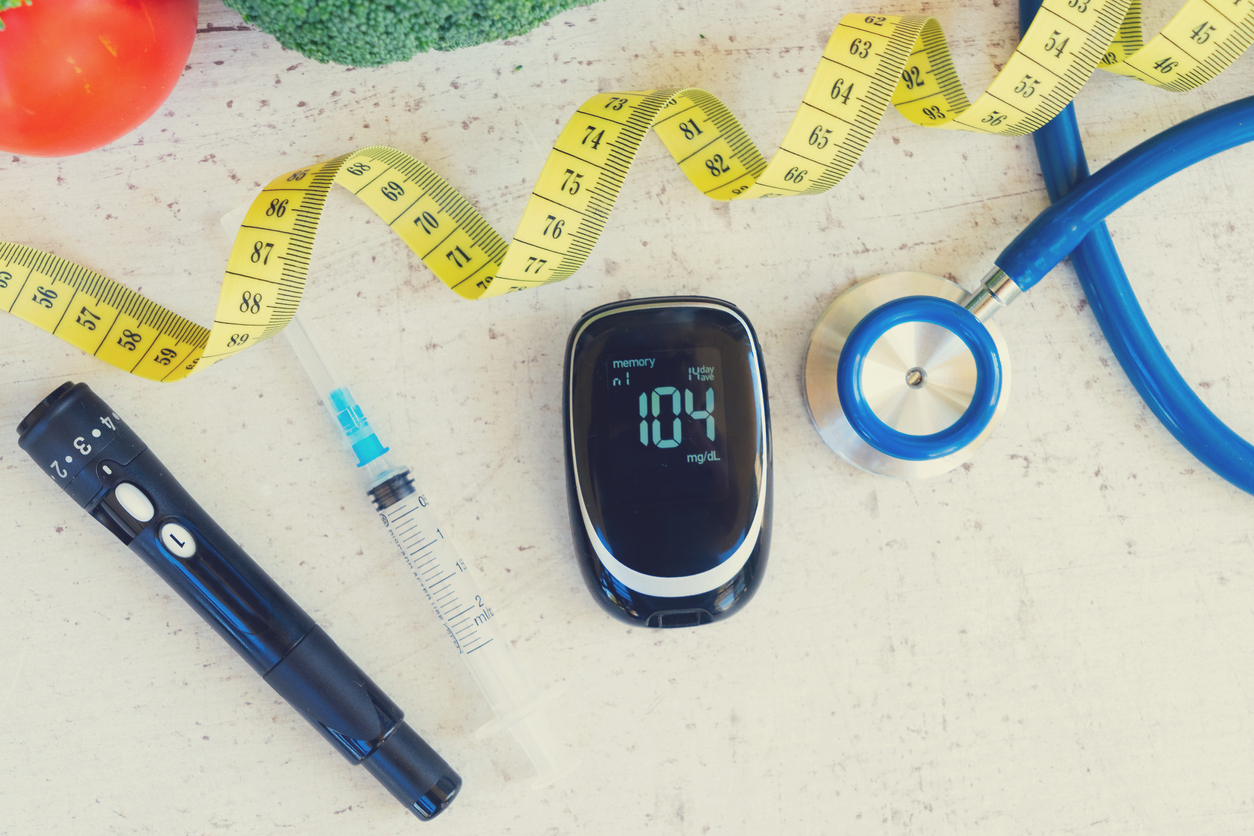For many centuries Diabetes was diagnosed by "water tasters" who tasted the urine of people suspected to have it. If it was sweet the patient had diabetes mellitus. In 1675 the word "mellitus" meaning honey was added to the name "diabetes" which means siphon. Thankfully both diagnosis and treatment have improved since then!
There are a few forms of diabetes, with the most common being Type 2 Diabetes (~95% of cases) and then Type 1 Diabetes (also known as Juvenile or Insulin Dependent Diabetes). With Type 2 Diabetes, the body does not respond as well to insulin and later on in the disease often doesn't make enough insulin. In the US, more than 1 in 10 people have Type 2 Diabetes and 1 in 3 people have prediabetes. Diabetes is now one of the leading causes of death!
It is likely multifactorial why diabetes rates are increasing, but the western processed food diet is linked to this. Disturbingly, 60% of packaged foods and drink in grocery stores have some form of added sugar! Look at your pasta sauce, ketchup or even mustard next time. Of course sugar alone is not to blame - highly processed foods and additives all play a role too.
Prediabetes, better known as an increased risk of developing diabetes, is defined as a fasting glucose between 100-125 or a 3 month average sugar, HbA1c of 5.7-6.4. Most of us here at LifeScape would say a fasting blood sugar < 90 is normal, rather than using the higher value of 100.
Unfortunately, higher than normal blood sugars or insulin resistance do not cause noticeable symptoms, making people unaware of the tidal wave of destruction which is approaching them. Diabetes doesn't always have symptoms either, but patients may experience increased urination, thirst, blurred vision and weight loss.
Factors that may increase your risk of Type 2 Diabetes:
- Overweight or obese
- Storing fat over your abdomen rather than hips/thighs
- Inactivity
- Family history
- Race and ethnicity
- Blood lipid levels being elevated
- Age
- History of elevated blood sugars (including in pregnancy)
Fasting insulin levels are the very first sign of a metabolic disturbance, far before fasting blood sugars increase. Although not always frequently tested, this should be a more routine test which helps look at your metabolic health. Ask your doctor more about this if you have risk factors for Type 2 Diabetes.
You may be asking if there is any good news? I am happy to say a resounding YES! Both prediabetes and diabetes are reversible! There are many ways to help both these conditions, ranging from lifestyle changes (nutrition, movement) to medications and supplements. If you have a fasting blood sugar > 90 or risk factors for developing diabetes talk with your physician about how to lower your risks.

